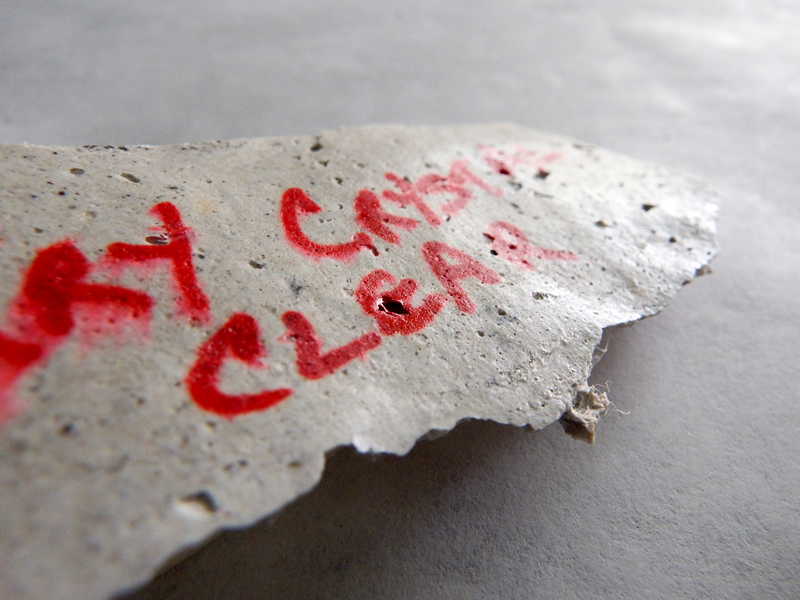
Well, I finally got around to trying out the last hopeful contestant that I had around the house, in the search for a clear spray finish for my papier maché bowls.
I tried out Krylon’s “Crystal Clear” finish, using the same kind of coverage as I had in the previous experiment.
The results were disappointing, to say the least. I had thought the polyurethane and Rustoleum sprays were yellow. This was slightly more yellow than the Rustoleum, and not much less so than the polyurethane.
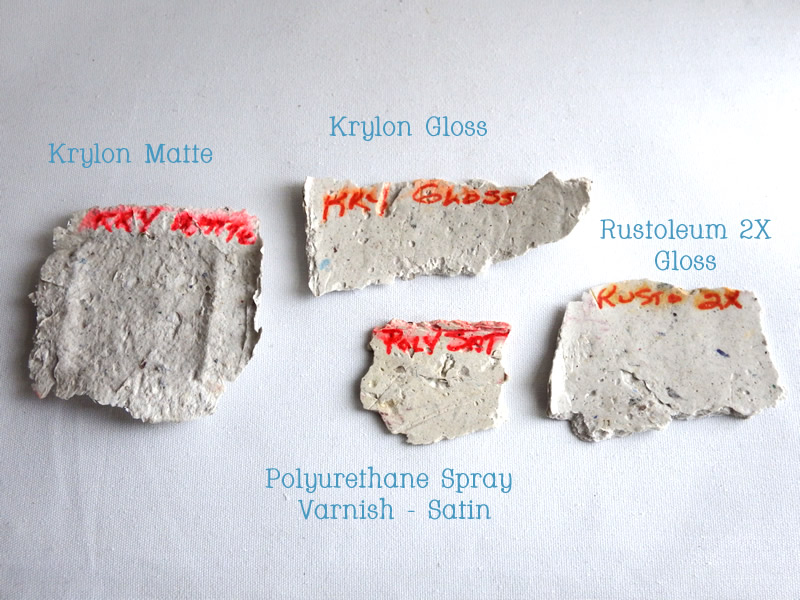
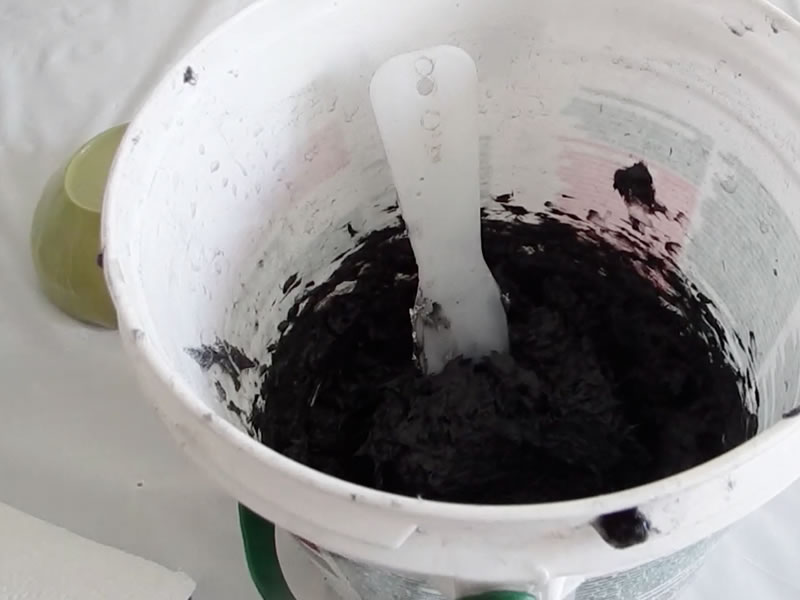
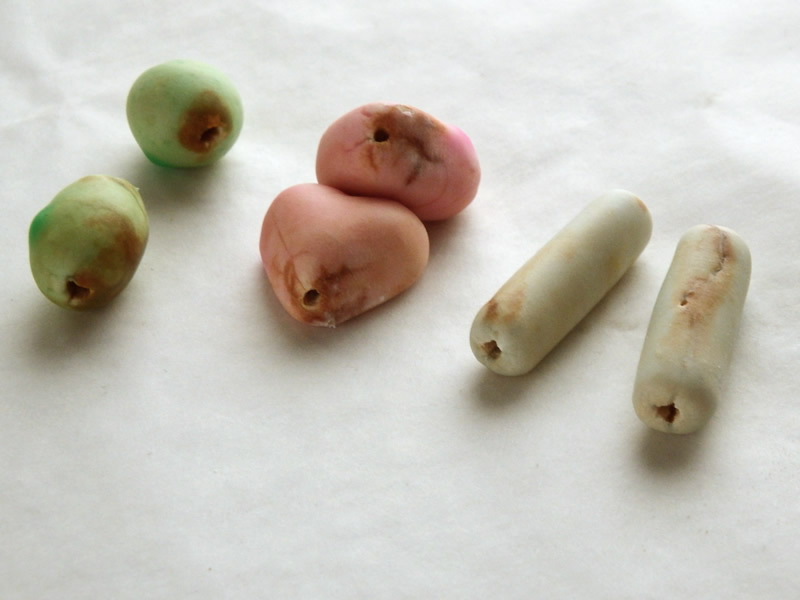
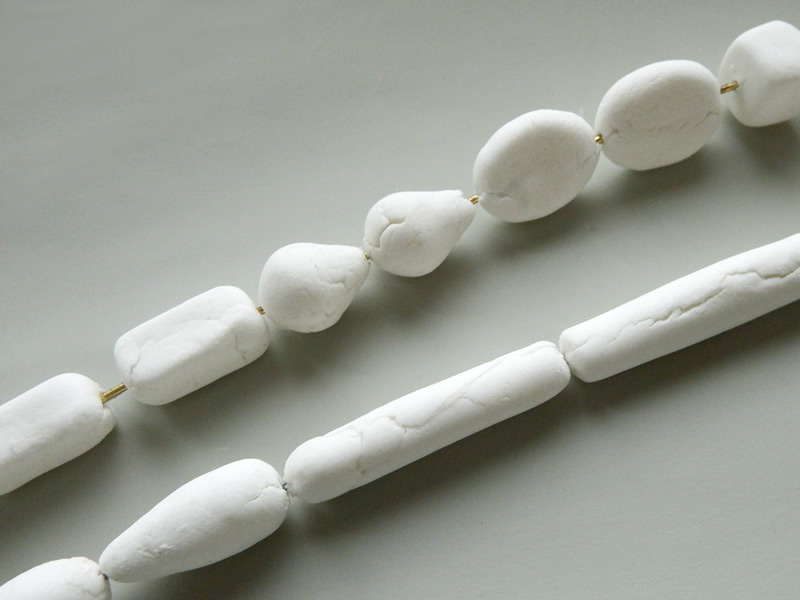
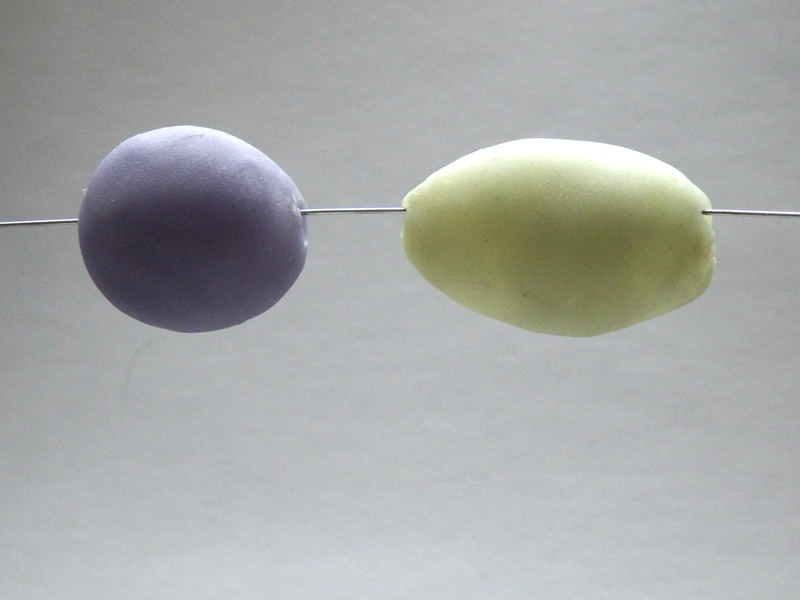
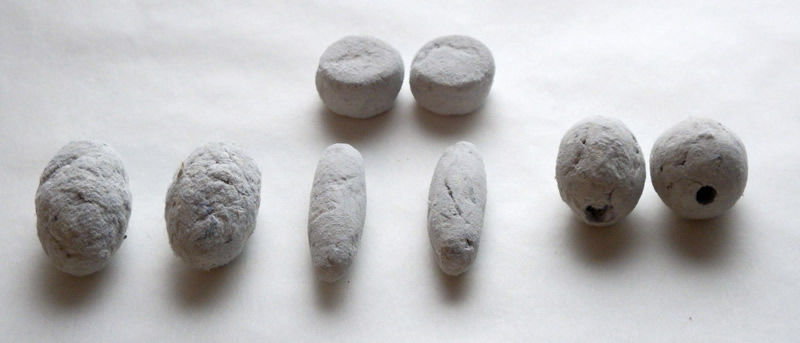
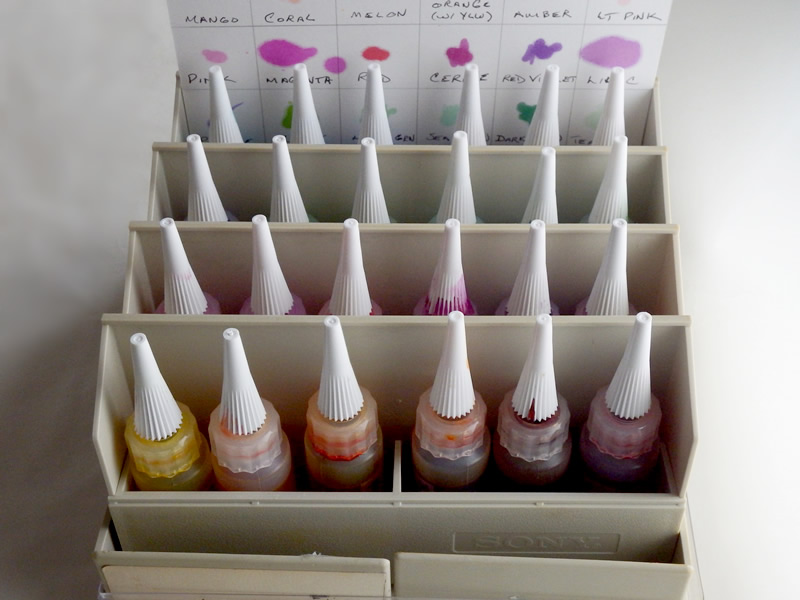
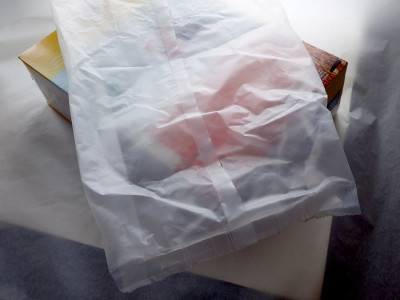 They get a lot of use during gardening season, being a great way to store greens like lettuce, kale and arugula.
They get a lot of use during gardening season, being a great way to store greens like lettuce, kale and arugula.